Jeff Bezos’ aerospace company, Blue Origin, no longer plans to build its giant lunar lander for NASA by itself. The company announced today that it is teaming up with three other legacy space companies — Lockheed Martin, Northrop Grumman, and Draper — to develop a lunar landing system for the space agency that is fully capable of taking humans to and from the Moon’s surface.
Category: space travel – Page 368
Warp Speeds with NO Warp Drives
Most species in Star Trek utilise Warp as their faster than light travel, but not all.
Some have created impressive alternatives to warp drive, such as catapults arrays and even sail ships.
This video looks at the practicality for Starfleet to adopt any of these methods of travel, their potential pros and cons.
If you liked this, maybe:
Transwarp: https://youtu.be/5N45D5TE9Oc
Borg Transwarp: https://youtu.be/FXJPzOEnnEE
Coaxial Warp: https://youtu.be/tU9VDK6Nrqk
Music from bensound.com, purple-planet.com and freesfx.co.uk
Star Trek Online developed by Cryptic Studios and Perfect World.
Star Trek, Star Trek Enterprise/Voyager/Deep Space Nine/Discovery/Picard and The Next Generation are all owned and distributed by CBS.
Star Trek Films are owned and distributed by Paramount Pictures.
This Video is for critical purposes with commentary.
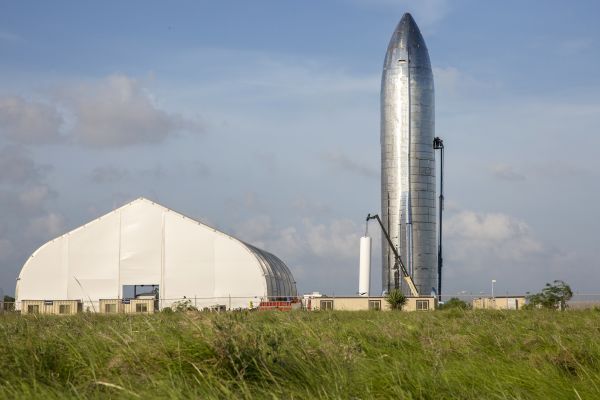
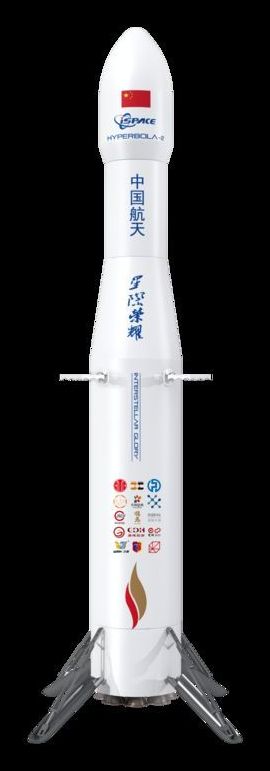
China’s private reusable rocket to be launched in 2021
Photo shows the model of the Hyperbola-2, a reusable rocket developed by a private Chinese company. (Photo provided to Xinhua)
A Chinese reusable carrier rocket that uses liquid oxygen-methane propellants will be launched for the first time in 2021, making up for China’s lack of reusable liquid-propellant rockets.
BEIJING, Oct. 21 (Xinhua) — A Chinese reusable carrier rocket that uses liquid oxygen-methane propellants will be launched for the first time in 2021.
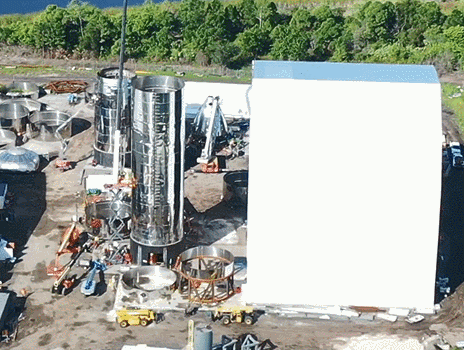
Aerial video shows SpaceX beginning construction of another Starship rocket in Florida
SpaceX now has three of its next-generation Starship rockets under construction, as aerial video shows the latest developments at the company’s facility in Florida.
The first bands of stainless steel for another Starship rocket were put on a stand Thursday, and were captured in a video taken from a flying drone. Former commercial pilot John Winkopp took the video and gave CNBC permission to use his footage.
Starship is a massive rocket that SpaceX is developing to eventually launch cargo and people to the moon and Mars. The rocket is designed to be reusable so SpaceX can launch and land it multiple times, like a commercial airplane.
Virgin Galactic Partners with Under Armour to Unveil the World’s First Exclusive Spacewear System for Private Astronauts
NEW YORK, Oct. 16, 2019 – In January 2019, Virgin Galactic Founder Sir Richard Branson and Under Armour CEO and Founder Kevin Plank announced a collaboration which saw Under Armour become Virgin Galactic’s Technical Spacewear Partner. Today, the companies unveiled the collaboratively designed spacewear system for Virgin Galactic astronauts comprising of a base layer, spacesuit, footwear, training suit and Limited Edition astronaut jacket. It is the first such collection ever created specifically for private astronauts.
The design of astronaut apparel is a unique combination of the requirement for comfort and utility matched by the ultimate focus on customer experience. Every element of the Virgin Galactic customer journey is designed to enrich the profound and transformative qualities of the human spaceflight experience. For Virgin Galactic Future Astronauts, that life-changing, personal experience is eagerly anticipated and the newly unveiled spacewear has been specifically designed to support it.
We’re going forward to the Moon, together
Who is going with us? NASA Astronaut Alvin Drew answers the question in our latest #AskNASA episode. Find out about the international partnerships that will contribute to our #Artemis lunar exploration plans. Watch: https://go.nasa.gov/2VIoMr6
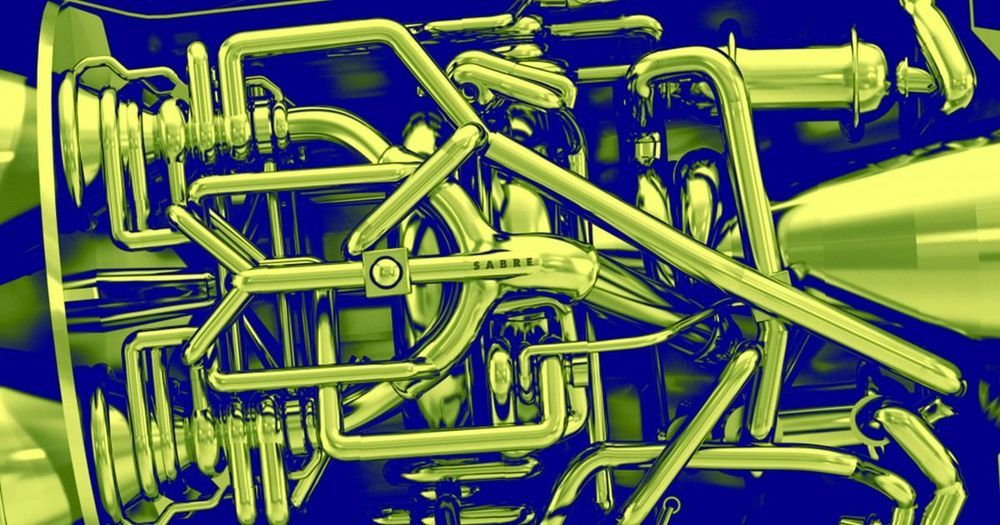
Amazing New Rocket Engine Sucks up Atmospheric Oxygen for Fuel
“The positive conclusion of our preliminary design review marks a major milestone in SABRE development,” Mark Ford, heading ESA’s Propulsion Engineering section, said in a statement. “It confirms the test version of this revolutionary new class of engine is ready for implementation.”
READ MORE: Air-Breathing Rocket Engine Gets Green Light for Major Tests [Space.com]
More on Reaction Engines: New Rocket Engine Could Whip You From London to Sydney in 4 Hours.

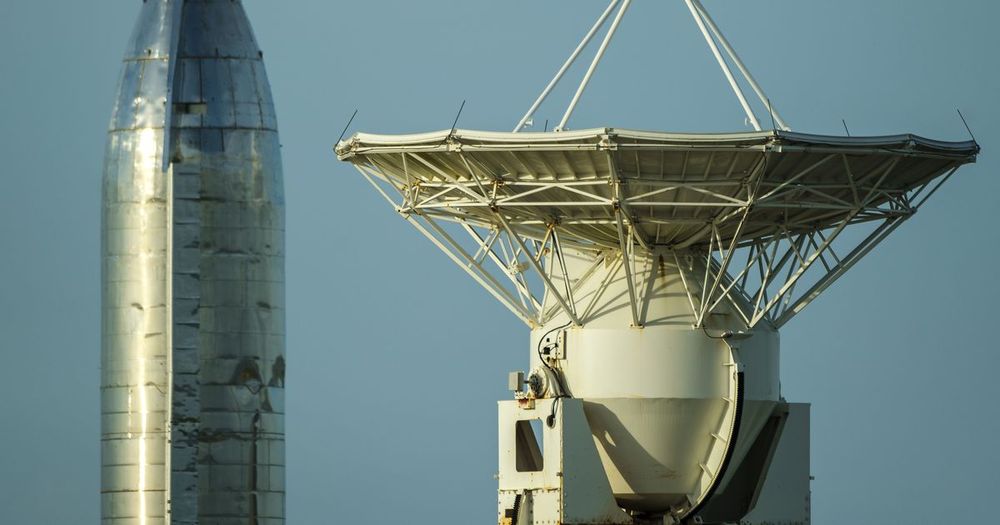
SpaceX gives South Texas homeowners more time to consider buyout offers
SpaceX is giving Boca Chica Village homeowners more time to consider its buyout offer and is agreeing to reappraise the properties after complaints that the original appraisals were too low.
Last month, the Hawthorne, Calif.-based rocket company sent property owners a letter dated Sept. 12, offering them three times the value of their homes based on appraisals SpaceX had commissioned. The deadline for accepting the offer was two weeks from the date of the letter and the offer was non-negotiable.
SpaceX said it wants to buy the properties due to a greater-than-anticipated disruption to residents and property owners as development of the company’s Mars rocket, Starship, gains steam.